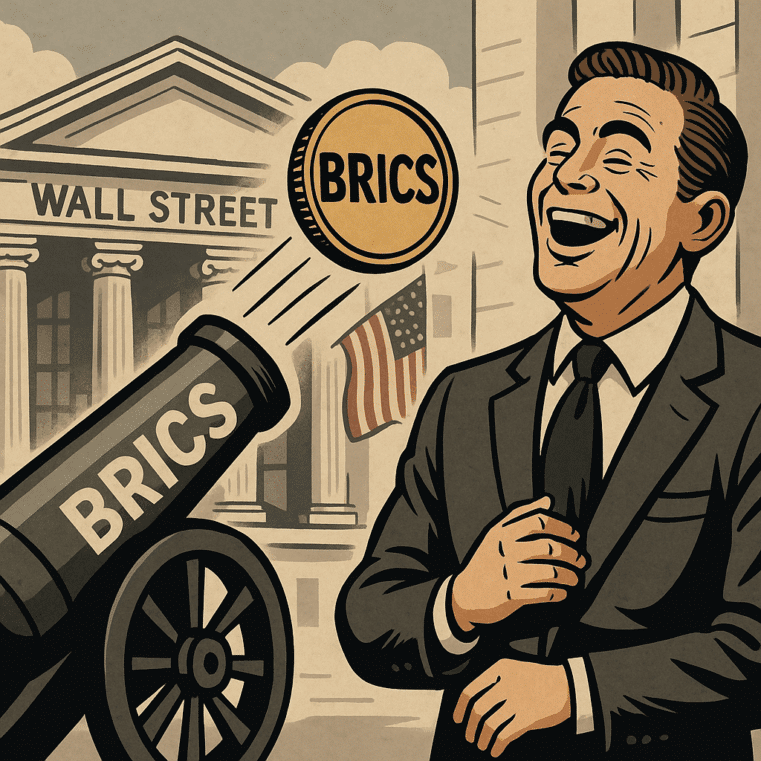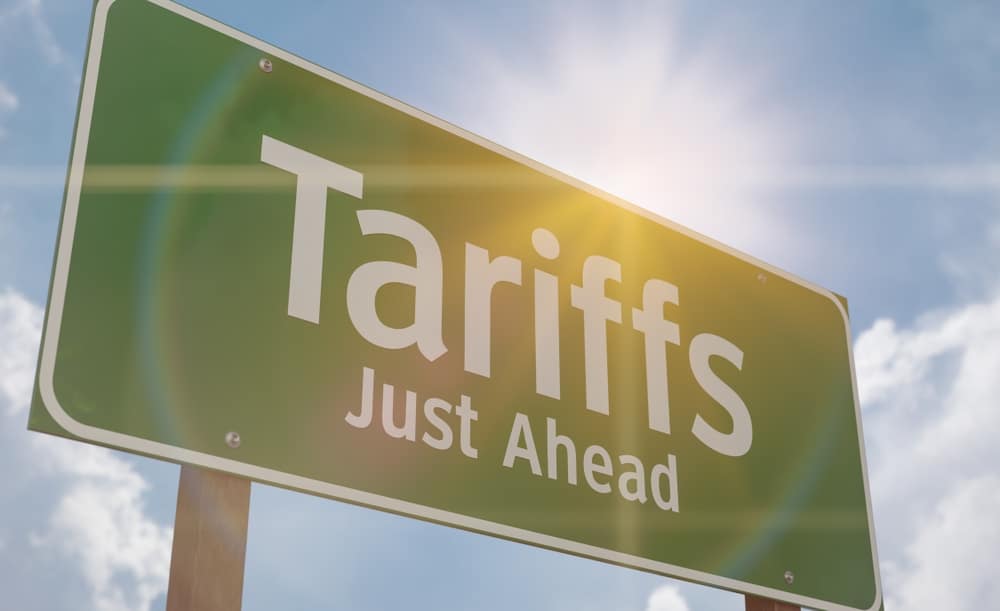
Why Is McDonald’s Cutting Prices in a “Booming” Economy?
A Dollar Menu Economy in a "Full Employment" Fantasy
Federal Reserve Chairman Jerome Powell stood before the American public last month and said—without a hint of irony—that the job market is strong and the economy is at “full employment.” Yet this week, McDonald’s slashed prices on its combo meals after quietly admitting that its menu has become unaffordable for the average consumer. Let that sink in: a company built on $5 meals is now trying to win back customers by rolling out emergency price cuts. This isn’t what an economy at “full employment” looks like. It’s what financial strain looks like when disguised under a mountain of manipulated statistics.
Warning Signs Are Flashing—And Not Just from the Golden Arches
Let’s not pretend this is an isolated signal. Delinquencies in credit cards, auto loans, and student debt have spiked to levels we haven’t seen since the Global Financial Crisis. The Case-Shiller index, tracking national home prices, has gone negative in the last three months. These aren’t anecdotes—they’re flashing red warning lights on the dashboard of the American consumer economy. And what does the Fed do? Pat themselves on the back for a 4.2% unemployment rate while pretending everything else is just background noise.
Consumers Are Broke—That’s Why Fast Food Is on Sale
The truth is that consumers are running out of cash—and fast. Auto loan delinquencies are hitting 15-year highs because people can no longer juggle inflated payments and overpriced fast food. Up until 2022, auto loan defaults were declining. Then came 40-year-high CPI inflation, and with it, the slow strangulation of disposable income. The viral outrage over an $18 Big Mac in mid-2023 wasn’t just a meme—it was the canary in the coal mine.
Real Wages Are Falling. Employment Growth Is Flatlining.
Now here we are, in late 2025, with part-time jobs outpacing full-time positions and real wages (adjusted for inflation) stuck in the same rut they’ve been in since 2021. In fact, the latest data from the Bureau of Labor Statistics shows average hourly earnings adjusted for inflation have declined, from $29.92 in early 2021 to $29.71 today. That’s not progress—that’s erosion.
And what of job growth? Flatlined. Between April and July, the economy added a mere 35,000 jobs per month. That’s 0.06% growth over three months—a rounding error in any healthy labor market. The July employment numbers were quietly revised downward, showing just 19,000 new jobs in May and 14,000 in June. Meanwhile, the household survey, which tracks actual employed persons—not just jobs—shows that employment has dropped by 853,000 since April. That’s not a slowdown. That’s a slide.
The Fed's "Good News" Is Just a Disappearing Labor Force
So how can Powell still claim we’re at full employment? Because the unemployment rate is a cooked metric. It doesn’t account for the 1.3 million people who’ve left the labor force entirely since April. That’s the only reason the rate looks "stable." Strip away the illusion, and what we have is fewer people working, more people drowning in debt, and a central bank that keeps changing the narrative depending on what’s politically convenient.
Even the Fed’s own FOMC minutes acknowledge what Powell won’t say out loud: employers aren’t hiring, and they aren’t firing. We’re in a “no hire, no fire” freeze—an economy stuck in the mud. Full-time employment fell by 440,000 from June to July. Part-time work jumped by 247,000. That’s not growth. That’s survival mode.
Rate Cuts Are Coming—Because Reality Is Finally Catching Up
Meanwhile, Powell is already laying the groundwork for another rate cut under the guise of “supporting employment.” Translation: the Fed is preparing to juice the system again—lowering interest rates to revive an economy they’ve already misdiagnosed and helped distort. If history is any guide, the next round of stimulus will once again bail out banks, inflate asset bubbles, and erode the dollar’s purchasing power even further.
And for those still clinging to the Fed’s talking points, understand this: Powell and his ilk are not in the business of telling you the truth. They are in the business of narrative control. The real economic data—the kind that matters to families, small businesses, and retirees—tells a story of decay. It’s not hard to see if you stop looking through the official lens and start watching what’s happening at the drive-thru.
Take Control While You Still Can
📘 Download the free ebook: 7 Steps to Protect Yourself from Bank Failure
📚 Read Bill Brocius’ essential book: End of Banking As You Know It
🧠 Subscribe to Bill’s Inner Circle newsletter for just $19.95/month and get hard-hitting economic insights directly from the man I trust most with my money and my future.
The system is failing. You don’t have to go down with it.











